After more than 500 years of being abandoned and covered by dense jungle, the ancient Muarajambi Temple Complex in Jambi province, Sumatra island, Indonesia was first discovered in 1824.
Up to now, over the next 200 years, this relic site has been partially revived and is in the process of continuing to be researched, restored and preserved.
The ancient Muarajambi temple complex is one of the largest Buddhist relic complexes in Southeast Asia.
Covering an area of nearly 12 square kilometers, this relic site includes more than 115 structures, including at least 82 ancient temples and monasteries, mainly built of baked bricks.
These structures date from the 7th to the 14th centuries, and are associated with the history of the ancient Melayu Kingdom and the Srivijaya Empire.
Restoration and conservation efforts
Discovered in 1824, but it was not until more than 100 years later, in 1975, that excavation and research efforts at Muarajambi began when Indonesian archaeologist R. Soekmono initiated large-scale archaeological campaigns, revealing the true appearance of the Muarajambi temple complex.
Over time, the relic site has gradually been appreciated for its true stature as an archaeological treasure of Southeast Asia.
Under the shade of an estimated 200-year-old tree in the ancient temple complex, Agus Widiatmoko, head of the Jambi Cultural Heritage Conservation Agency, said the conservation efforts were not only to preserve the physical structure of Muarajambi, but also to revive the spirit of scholarship and religion that once lit up a glorious period in Southeast Asian history.
In fact, the restoration process of Muarajambi only really began in the 2000s, with the participation of domestic and foreign archaeologists, architects and conservation experts.
Realizing the importance and long-standing values of Muarajambi, in 2009, Indonesia officially included Muaro Jambi in the list of candidates for World Heritage to propose UNESCO for recognition. By 2013, Indonesia recognized Muarajambi as a National Cultural Heritage Site.

Since 2022, the Indonesian government has been pushing to further strengthen conservation efforts of this relic site, including expanding the protected area to 130 hectares and conducting excavations and restoration of temples such as Kedaton, Gumpung I, Gumpung II, Tinggi I, Tinggi II, Astano, Kotomahligai, Gedong I, Gedong II and Telagorajo Lake.
Archaeologists have discovered many new artifacts, such as roof tiles and traces of wooden structures, showing that the temple complex was abandoned around the 13th-14th century.
Some temples have not been fully excavated to protect the surrounding ecosystem and plants that have cultural value to local communities.
Ms. Undri, Director of Cultural Promotion, Directorate General of Cultural Diplomacy , Promotion and International Cooperation (Indonesian Ministry of Culture), said that the restoration of Muarajambi is not only the effort of the Indonesian government but also involves the participation of international organizations and experts from many countries, including Vietnam. The Indonesian government also cooperates with organizations such as the International Heritage Organization (IHA) to enhance the value and influence of this relic site .
In recent years, Indonesia has invested more in Muarajambi. In 2024, the government has allocated 650 billion rupiah (equivalent to 42.2 million USD) for research, archaeology and comprehensive restoration of the area.
According to the Indonesian Ministry of Culture, this funding will focus on activities including: restoring temples and monuments using conservation archaeological methods, building the Muarajambi museum to display artifacts, continuing to excavate 115 potential relic sites, and planning sustainable eco-cultural tourism.
Many temples such as Gumpung, Tinggi, Astano, Kedaton have been excavated, restored and opened to visitors. The system of 8 buffer villages surrounding the relic site has also been developed in the direction of community tourism, combined with the preservation of the traditional culture of the Jambi people.
Entering the Muarajambi complex, anyone can feel the difference. A pure space creates soothing sounds that clear the mind of dust. It feels like entering another dimension, where the past and present touch each other through pure tranquility, imbued with Buddhist philosophy.
According to Agus Widiatmoko, the site not only has high historical and archaeological value, but also continues to serve as a spiritual gathering place for Buddhists from all over. Indonesia’s goal is to restore Muarajambi’s historical function as a center of spiritual education and learning, thereby affirming the importance of the area as a global heritage. It also creates an environmentally friendly tourism style, maximizing the protection of the surrounding landscape.
No plastic and car exhaust
In the process of restoring and organizing tourism development, a consistent and strict principle is set out to maximize the conservation of nature and minimize the factors affecting the ecological environment of the Muarajambi area.
The total distance leading to the ancient temples in the complex that are open to visitors is about 8km, designed to meander to avoid trees and paved with gravel instead of concrete or asphalt.
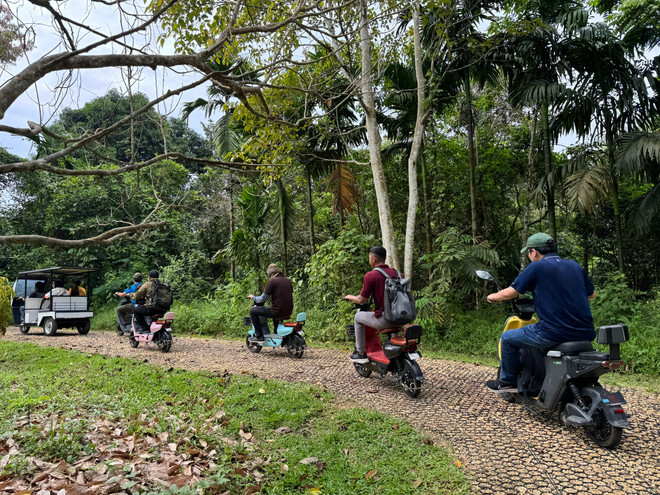
Visitors to the temple will be provided with self-driving electric motorbikes or arranged to move in groups of 4-5 people by small 3-4 wheel electric vehicles. The functional buildings in the Muarajambi area are all built of wood. There is no sign of any plastic within the relic.
Muarajambi Temple covers an area of about 4,000 hectares and stretches for more than 7km along the Batanghari River, the longest river in Sumatra. A section of the river is included in the itinerary to explore the ancient temples.
The passenger boats are all made of wood and use electric motors, no noise, no dust.
Gently stopping by the peaceful village of Danau Lamo on the Batanghari River, visitors from afar can rest in a wooden stilt house, enjoy local products and let their minds settle in peace.
The Indonesian government has focused on developing sustainable tourism, combining heritage conservation with local economic development. Instead of building modern hotels in the relic area, the government encourages the use of traditional Jambi stilt houses as accommodation for tourists.
This not only helps protect the landscape and unique cultural space of the relic site, but also creates opportunities for the local community to participate in the tourism industry.
In addition, activities such as traditional markets, cultural festivals and local cuisine are also organized to attract tourists and increase income for local people./.
Source: https://www.vietnamplus.vn/khu-den-co-muarajambi-danh-thuc-nhung-gia-tri-nghin-nam-post1040174.vnp


![[Photo] Top players gather at the 2025 Nhan Dan Newspaper National Table Tennis Championship](https://vphoto.vietnam.vn/thumb/1200x675/vietnam/resource/IMAGE/2025/5/23/9ad5f6f4faf146b08335e5c446edb107)








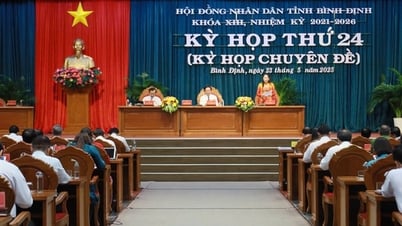
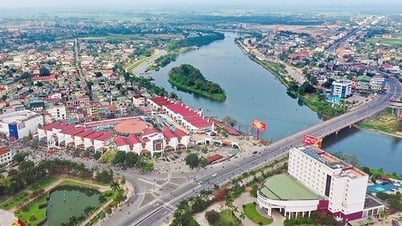
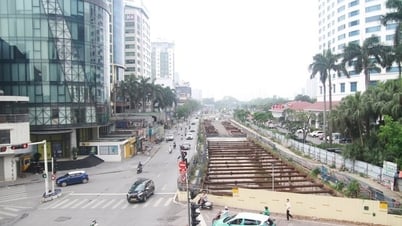

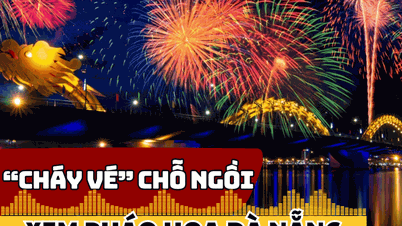




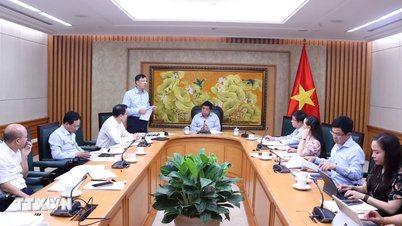


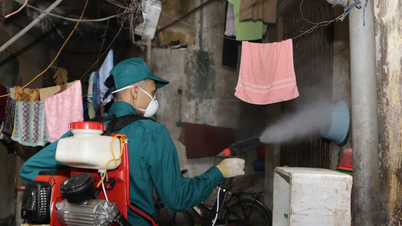
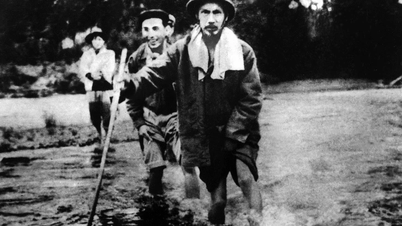















































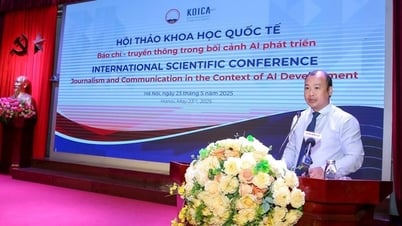
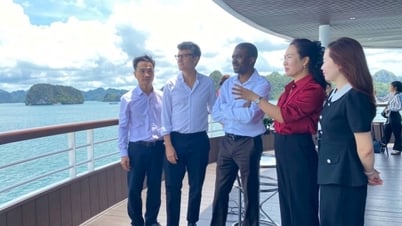



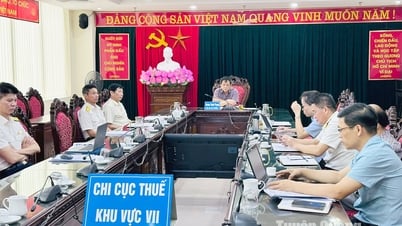

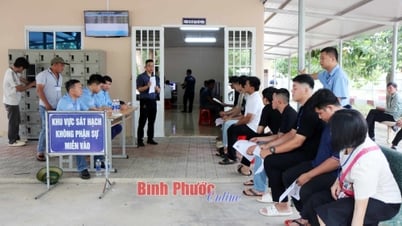

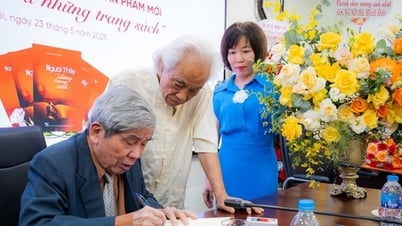

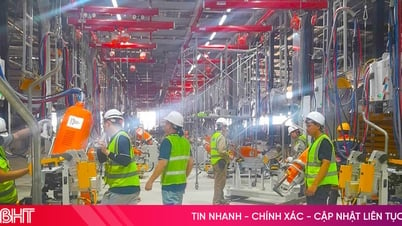












Comment (0)